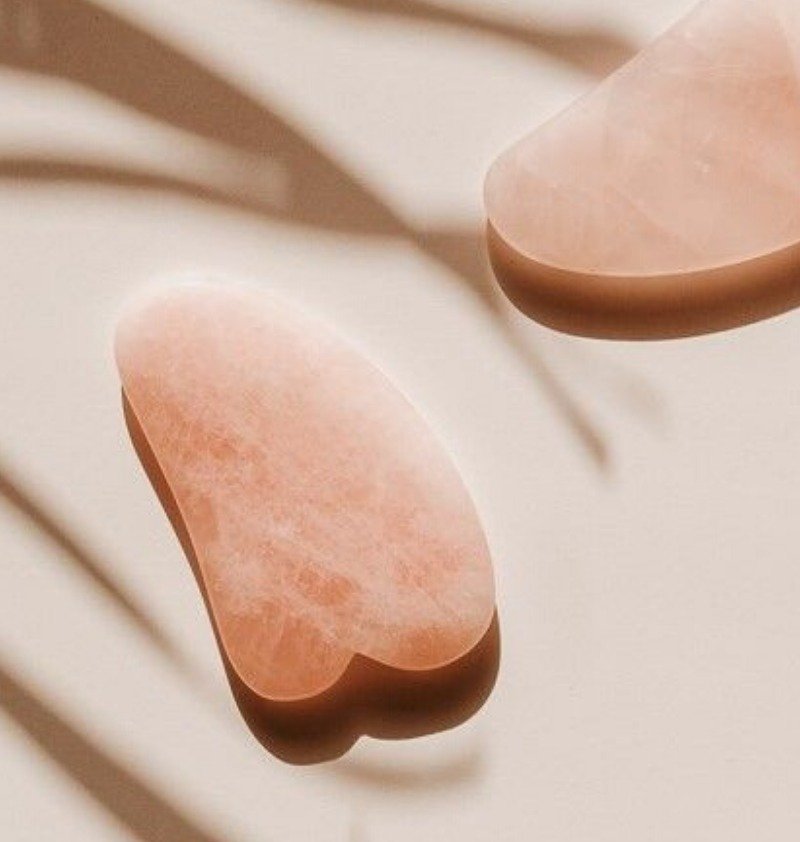Gua sha is a traditional Chinese healing method in which a trained professional uses a smooth-edged tool to stroke your skin while they press on it. This motion raises small, red, rash-like dots that show under your skin called petechiae.People use gua sha to treat chronic pain all over their body. They often do it alongside other complementary treatments like herbal medicine, massage, acupuncture, and heat therapy.
What Happens
To prepare you for treatment, your technician will put oil on your body. They’ll then use the stone-like gua sha massage tool to scrape to your skin in long, downward strokes. This is when you’ll notice areas of petechiae on your skin. Most people get gua sha on their: Back, Neck, Butt, Arms, Legs.
At first, they'll gently use the tool on your skin. Gradually, add more pressure to the strokes. They’ll only apply as much pressure as you’re comfortable with. This process is believed to help blood flow and create a “lifting” effect on your skin, which some say may help lessen toxins in your body and promote healing.
To prepare you for treatment, your technician will put oil on your body. They’ll then use the stone-like gua sha massage tool to scrape to your skin in long, downward strokes. This is when you’ll notice areas of petechiae on your skin. Most people get gua sha on their: Back, Neck, Butt, Arms, Legs.
At first, they'll gently use the tool on your skin. Gradually, add more pressure to the strokes. They’ll only apply as much pressure as you’re comfortable with. This process is believed to help blood flow and create a “lifting” effect on your skin, which some say may help lessen toxins in your body and promote healing.
You might also have gua sha done on your face, but that process would be gentler.
Potential Benefits
A few studies have looked at whether it can be helpful for some conditions, including:
Hepatitis B. One study shows that it might help lower the amount of liver inflammation caused by the hepatitis B virus. But we need more studies to know for sure.
A few studies have looked at whether it can be helpful for some conditions, including:
Hepatitis B. One study shows that it might help lower the amount of liver inflammation caused by the hepatitis B virus. But we need more studies to know for sure.
Migraines. A study suggests that as part of a 14-day inpatient treatment, gua sha appeared to help ease migraine pain. But experts need more research and clinical trials to prove this.
